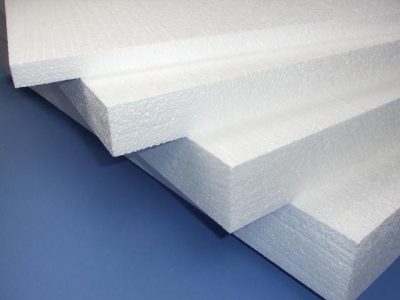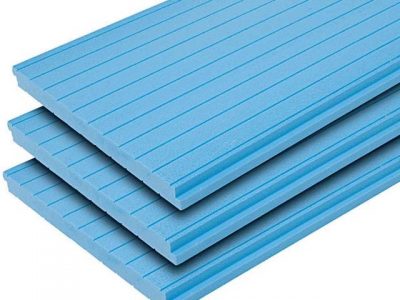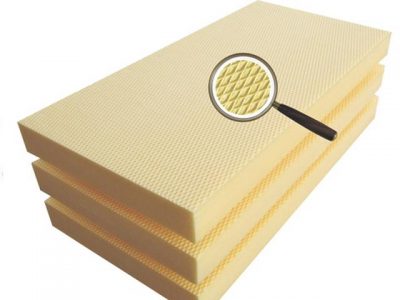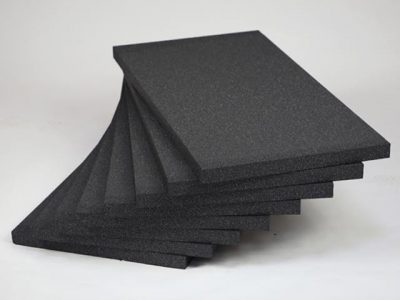Polystyrene
1-Specifications
| PS (polystyrene) | |
| Class | mf(5kg) |
| GPPS1160 | 2.5 |
| hıps7240 | 4.5 |
| GPPS1460 | 6.5 |
| GPPS1540 | 11 |
| GPPS1084 | 8 |
| GPPS1115 | 11 |
| GPPS1047 | 3.8 |
| GPPS1028 | 2.4 |
Polystyrene (PS) is a synthetic aromatic polymer made from monomers Stiren. Polystyrene can be solid or foam. General purpose Polystyrene is open, hard and very fragile. The unit is a cheap resin per weight. It is a very weak barrier for oxygen and water vapor and has a relatively low melting point. Polystyrene is one of the most widely used plastics and its production size is several billion kilograms per year.
2-Production
Polystyrene foams are produced using inflator substances that create bubbles and extend the foam. In the expanded polystyrene, these are hydrocarbons such as pentane, which can often pose a flammability hazard in the production or storage of newly produced material, but has a relatively moderate environmental impact. [Kaynak belirtilmeli] Extruded polystyrene is usually made with hydrofluorocarbon (HFC-134a). ) has a potential of about 1000 – 1300 solid with global carbon dioxide potentials.
3-Applications
Polystyrene is commonly injection molded, vacuum-shaped or extruded, and extended polystyrene is extruded or molded in a special process. Polystyrene copolymers are also produced; These include one or more other monomers in addition to styrene. In recent years, expanded polystyrene composites with cellulose and starch are also produced. Polystyrene is used in some polymer-induced explosives.




